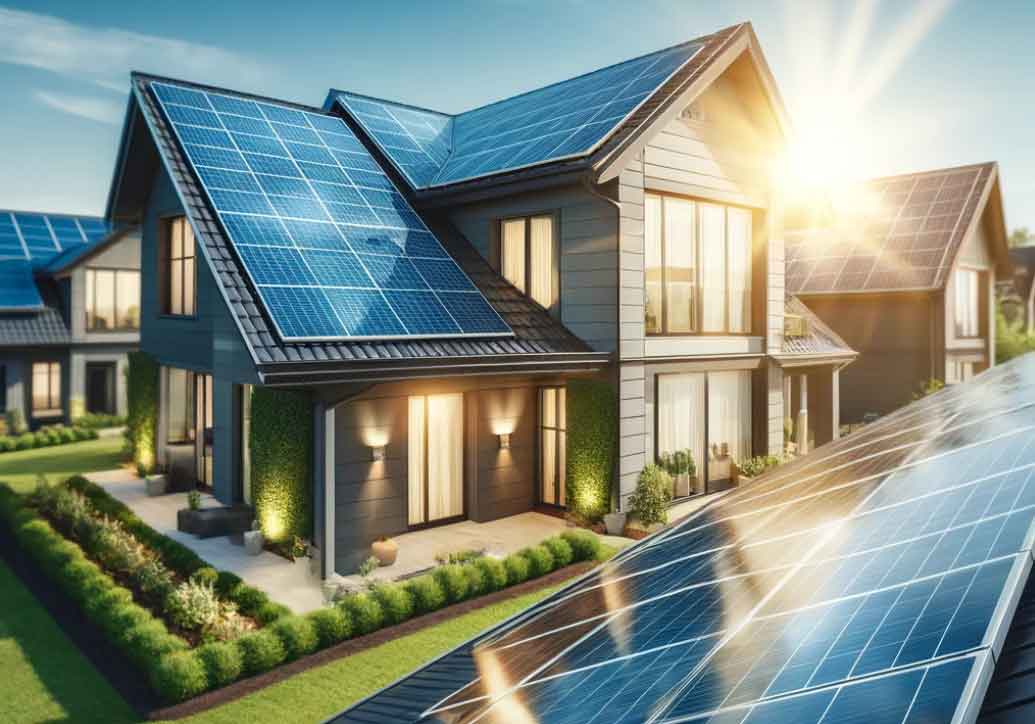
Creating an ultimate guide to solar panels for your home involves considering various aspects, from understanding the basics of solar energy to selecting the right type of solar panel and understanding financial incentives. Here’s a comprehensive guide:
1. Understanding Solar Energy
- Basics of Solar Power: How solar panels for your home convert sunlight into electricity using photovoltaic cells.
- Types of Solar Energy Systems: Grid-tied, off-grid, and hybrid systems.
- Environmental Benefits: Reduced carbon footprint and renewable energy use.
2. Types of Solar Panels for Your Home
- Monocrystalline: Made from a single crystal structure, high efficiency.
- Polycrystalline: Made from multiple crystal structures, slightly less efficient but more affordable.
- Thin-Film: Flexible and lightweight, but less efficient. Good for certain roof types.
3. Assessing Your Home for Solar
- Roof Assessment: Direction, angle, and shading.
- Energy Needs: Analyzing your electricity bills to determine your energy requirements.
- Local Climate: Sunlight availability in your region.
4. Installation Process
- Finding a Reputable Installer: Importance of certified professionals.
- Permits and Regulations: Navigating local building codes and permits.
- Installation: Steps involved in installing solar panels for your home and connecting to the grid.
5. Costs and Financial Incentives
- Initial Investment: Cost of panels, inverters, installation.
- Financial Incentives: Government subsidies, tax credits, rebates.
- Payback Period: Calculating the return on investment.
6. Maintenance and Longevity
- Regular Maintenance: Cleaning solar panels for your home, monitoring performance.
- Durability and Warranty: Expected lifespan of panels and warranty periods.
- Repair and Replacement: Handling damage or malfunction.
7. Monitoring and Management
- Monitoring Systems: Tools to track energy production and usage.
- Energy Storage: Battery systems for storing excess energy.
- Smart Energy Management: Integrating solar energy into your home’s smart system.
8. Future Trends and Innovations
- Emerging Technologies: New developments in solar panels for your home technology.
- Building-Integrated Photovoltaics (BIPV): Solar cells integrated into building materials.
- Community Solar Projects: Shared solar for those unable to install solar panels for your home.
9. Conclusion and Next Steps
- Making the Decision: Evaluating if solar is right for you.
- Next Steps: Contacting local providers for quotes, conducting a home energy audit.
- Staying Informed: Keeping up with new developments in solar panel for your home.
The specifics can vary based on your location, the size of your home, and your energy needs. It’s always recommended to consult with a local solar energy expert to get tailored advice.
